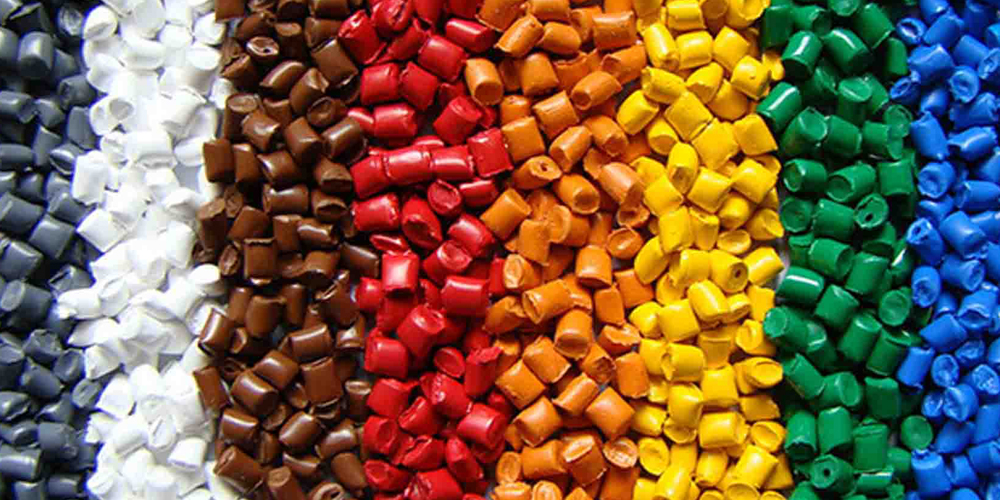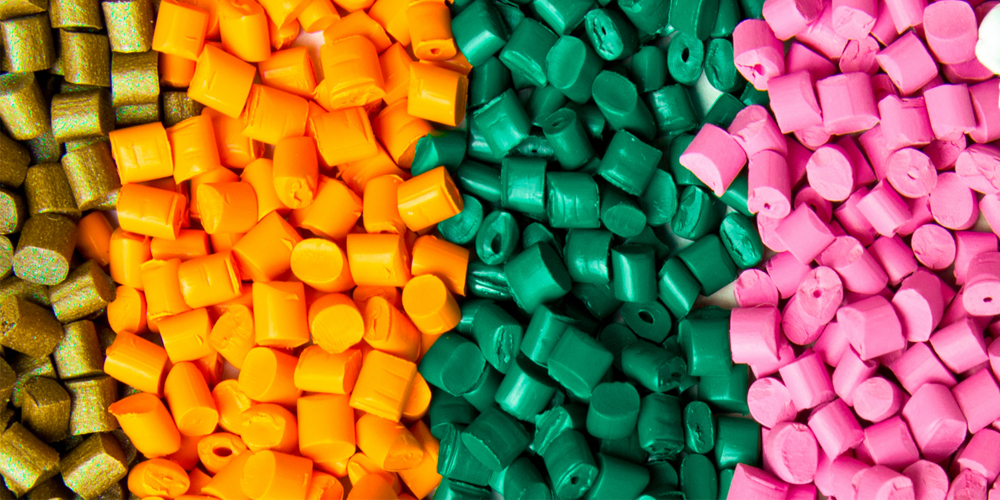
Filler Masterbatch là gì và nó được ứng dụng như thế nào trong sản xuất
Filler masterbatch đóng một vai trò quan trọng trong nhiều khía cạnh khác nhau của ngành nhựa. Vậy chính xác thì filler masterbatch là gì và nó được đưa vào sản xuất nhựa như thế nào? Hãy cùng khám phá những khía cạnh này trong cuộc thảo luận sau đây.







